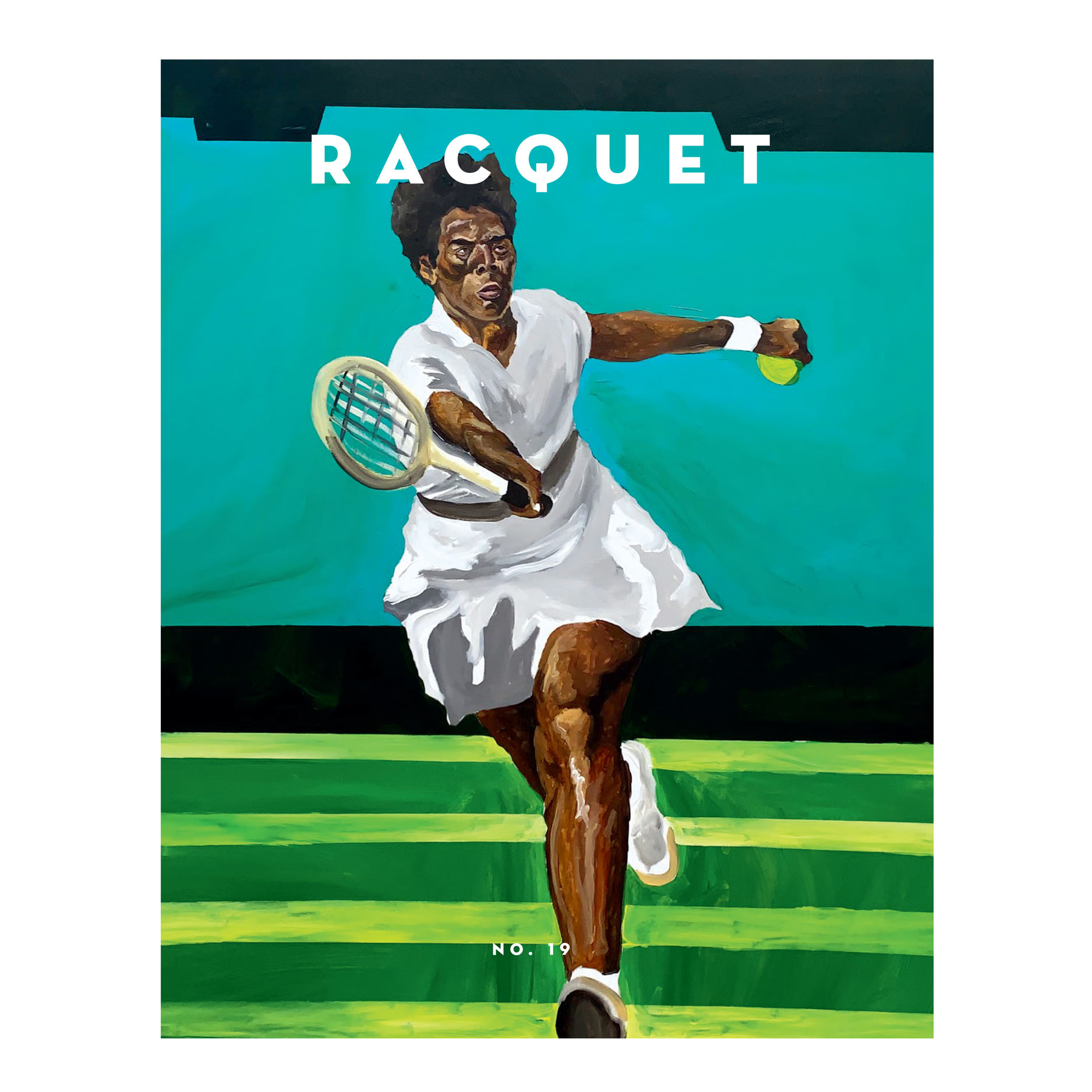By Giri Nathan
Seven times, on the precipice of failure, Naomi Osaka remembered that she was Naomi Osaka. On Thursday night in San Jose, visited by the most ferocious version of Coco Gauff she’d seen yet, Osaka went down 1–5 in the second set. From there, in two separate instances, Osaka fell into a 0–40 hole on her serve, staring up at a pile of Coco match points. And seven times, Osaka snuffed out those chances, with an ace down the T, an ace out wide, a furious forehand, whatever the moment called for. “When I was playing I realized I’ve been letting people call me mentally weak for so long that I forgot who I was,” Osaka said, reflecting later on the match points. “I lost today, but I feel really confident in who I am. I feel like the pressure doesn’t beat me. I am the pressure. I’m really happy with that.” It was as much a reminder to herself as it was to any viewer who might’ve forgotten what her A game looks like. If you’ve seen it, you know how exhilarating it can be to catch even a glint of it—and there it was, unmistakably, at the tail end of a 6–4, 6–4 loss.
It’s the fourth meeting between Gauff and Osaka in as many seasons, and the win has steadily seesawed from one to the other. Time passes and a power balance shifts; it’s legible enough in the rankings but can be disorienting when made concrete in the tennis itself. Age and résumé can never answer the question of who’s hitting the ball better in that particular hour or minute or second. I found myself surprised to see a former world No. 1 playing like an underdog, liberated from expectations, swinging freest when the scoreboard spelled doom. But it makes sense given the present state of affairs. After all, it’s 18-year-old Coco Gauff who’s the recent Slam finalist, the seeded player this week in San Jose, the one still solidly and unmistakably on the superstar track, ranked No. 11. And it’s 24-year-old Naomi Osaka playing her first tournament since May, still sussing out what she wants out of this sport and its unforgiving calendar, ranked world No. 41. For all their differences in perspective they remain united in one sacred cause: immaculate, neon-accented signature kicks.
When Osaka found that trademark bang-bang rhythm from the baseline, Gauff managed to smother it. She has never looked more secure than in this particular matchup. It’s no stretch to say that Coco is now playing the best defense in the world, the kind that makes an opponent flail around for answers, that induces multiple gasps per rally. She may never have Naomi’s timing as a ball-striker, but that might not matter; Coco is a once-in-a-generation lateral mover who’d still be a headache if armed with a frying pan. In the same odd way as Daniil Medvedev, she staples that intense defense to a phenomenal serve, starting points with a boom and then proving impossible to put away. On her eighth match point Gauff delivered a 104-mph second serve that didn’t make it back into play, leveling the rivalry 2–2. Osaka, however, might’ve found something even more precious than a win, as she wrote after: “I’m really at peace with myself. I didn’t think I would ever feel like this, it’s kinda fascinating lol.”
Above: Naomi Osaka during her loss in San Jose to Coco Gauff (Carmen Mandato/Getty)



